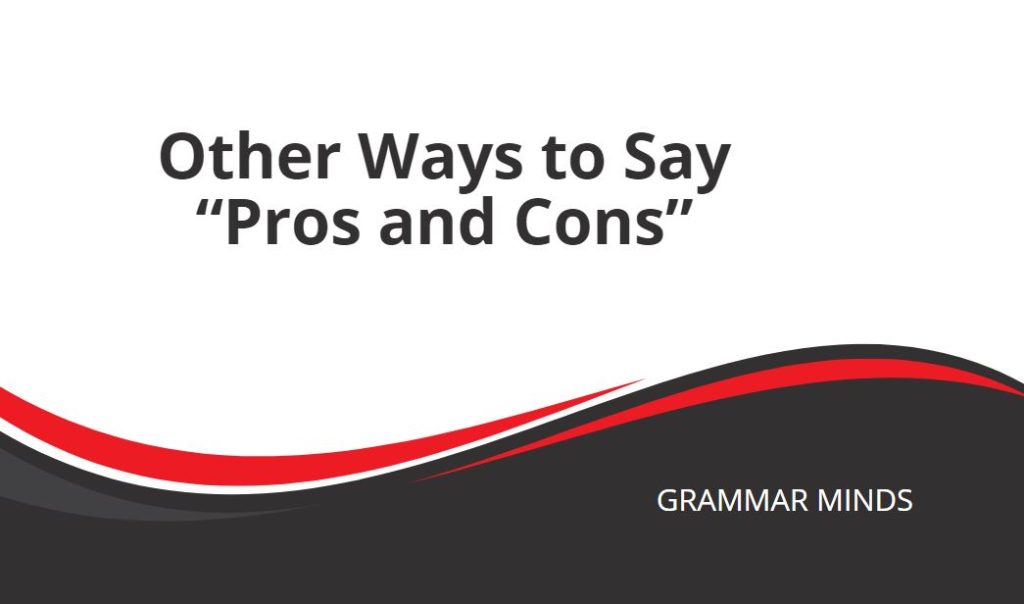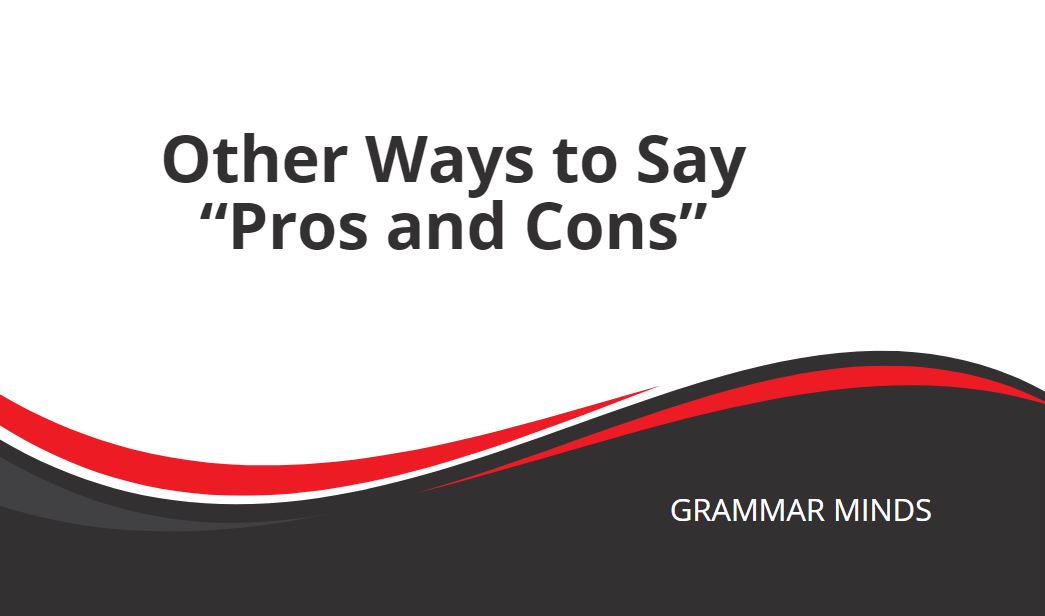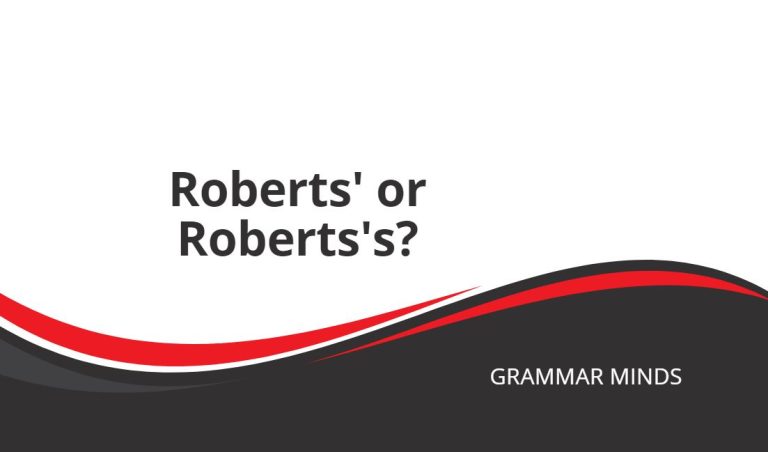When discussing the advantages and disadvantages of a situation, it’s helpful to have various ways to express “pros and cons.” This can keep your writing fresh and engaging.
Luckily, you have options.
This article has gathered the best synonyms showing you how to say “pros and cons.”

Other Ways to Say “Pros and Cons”
- Advantages and disadvantages
- Benefits and drawbacks
- Positives and negatives
- Upsides and downsides
- Strengths and weaknesses
- Gains and losses
- Assets and liabilities
- Good points and bad points
- Pluses and minuses
- Rewards and risks
- For and against
- Merits and demerits
- Boons and banes
- Positives and pitfalls
- Opportunities and challenges
- Good and bad
- Pluses and deltas
- Wins and losses
- Helps and hindrances
- Peaks and valleys
KEY POINTS
- “Pros and cons” is a versatile phrase that helps weigh the positive and negative aspects of a situation.
- Try “advantages and disadvantages” for a straightforward and clear alternative.
- “Benefits and drawbacks” works well in both formal and informal contexts.
You should keep reading to learn another way to say “pros and cons.” Whether you’re making a decision or analyzing a situation, we’ve got the best phrases ready.
Alternatively, you can skip to the final section. We’ll explain whether it’s correct to use “pros and cons” in various contexts.
Advantages and Disadvantages (Formal)
You can use “advantages and disadvantages” as a formal alternative to “pros and cons.” It’s a clear and professional way to present both sides of an argument.
There are plenty of contexts where you might use this phrase. For instance:
- Evaluating a business proposal
- Considering a career change
- Weighing the impact of a new policy
These are just a few situations where you might discuss both advantages and disadvantages. It’s best to use this phrase in professional or academic settings.
Here’s a great sample if you’re still unsure how it works:
In conclusion, the advantages and disadvantages of remote work must be carefully considered. While flexibility and reduced commute times are advantageous, potential isolation and distractions at home are significant drawbacks.
Benefits and Drawbacks (Informal)
For a more informal alternative, try “benefits and drawbacks.” This phrase works well in everyday conversations and casual writing.
For instance, you can use it when discussing everyday decisions with friends or family. It’s an easy and approachable way to present both sides.
It’s common to weigh the benefits and drawbacks of various choices. So, when it happens, it’s best to approach it in a balanced and thoughtful way.
Your friends and family will appreciate your thoroughness. After all, considering both sides is important.
Here’s a great example to also show you how it works:
When deciding whether to adopt a pet, it’s important to consider the benefits and drawbacks. The companionship and joy a pet brings are wonderful benefits, but the responsibility and cost are notable drawbacks.
Is It Correct to Say “Pros and Cons”?
It is correct to say “pros and cons.” It’s a widely accepted phrase used in both formal and informal contexts when discussing the positive and negative aspects of something.
Generally, you can use “pros and cons” when evaluating any situation, decision, or option. It’s a versatile and easily understood phrase.
Here’s a great example showing you how to use “pros and cons” in a sentence:
We need to consider the pros and cons of this marketing strategy before making a final decision. While it has the potential to reach a wide audience, it also comes with significant costs.
Here’s another variation you can also use:
The pros and cons of the proposal were thoroughly discussed.
The change is only subtle, though. You can replace “the” with “this” to make it sound more specific to the situation.
Feel free to use any of these extensions to keep things interesting as well:
- We weighed the pros and cons carefully before deciding.
- The pros and cons are equally compelling, making the choice difficult.
- It’s important to look at both the pros and cons before proceeding.
- The pros and cons of each option must be evaluated.
- Understanding the pros and cons can help you make an informed decision.
Each of the extensions above explains why considering both pros and cons is essential. It’s a great way to show balanced thinking and thorough analysis.







